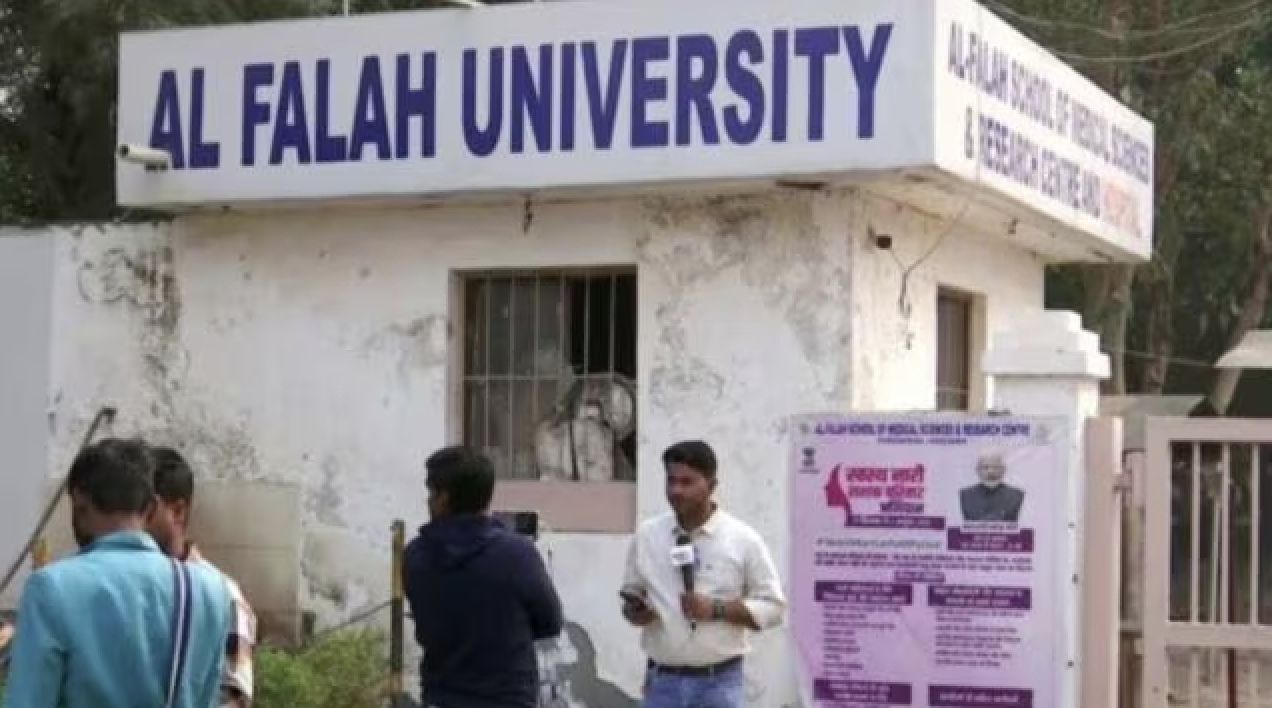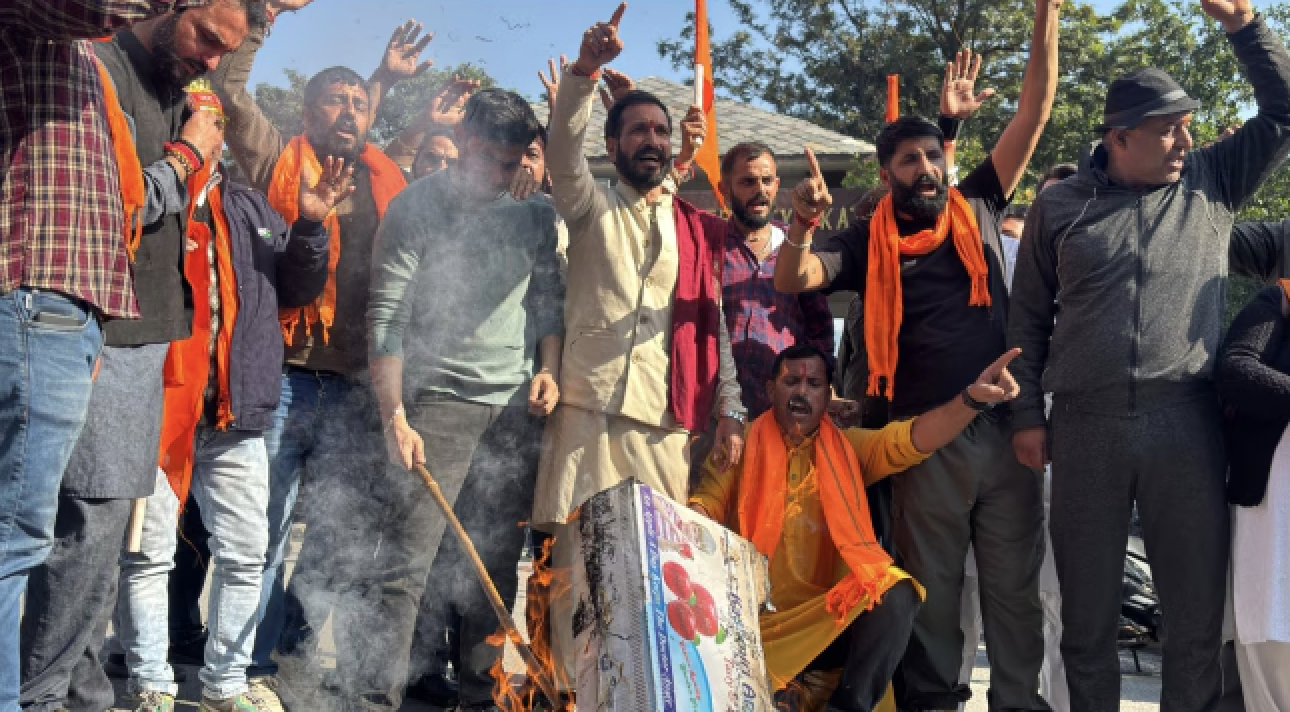By Jawed Naqvi
The regressive tendencies have been honed and shepherded to align with the country’s already warped sense of nationalism. Together they threaten to coalesce into full-blown religious fascism.
The shooting of Dr Narendra Dabholkar during a routine morning walk near a Pune temple more than suggests India’s deepening flirtation with obscurantism. Right-wing parties and their centrist allies more and more see an ally in the widely televised ‘god-men’ and faith vendors, whose inflated prowess Dr Dabholkar and his many colleagues never failed to challenge.
Televised blind faith has become the preferred spearhead of social control, an antidote India’s rulers desperately need to thwart burgeoning political and economic crises.
Religion and its periodic ally, obscurantism, first found a proven net worth across India under colonialism. Both tendencies were invoked in 1857 to rally a predominantly feudal revolt against the mercantile-graduating-to-industrial might of the British government.
The British in turn were prompt to learn from it and used its full force to divide a life-threatening campaign against colonialism. Gandhi and Jinnah subsequently partook of it in their own ways. Mass illiteracy and widespread socio-economic insecurities have spawned many uses of blind faith in post-independence South Asia.
This reality is ensconced in the very development model of contemporary India, which remains trapped in social mores and beliefs from an ancient era.
In a global sense, the concept of the modern nation state is rooted in Europe’s economic transition from feudalism to mercantile and subsequently industrial capitalism; similarly, Dr Dabholkar’s brand of rationalism as a worldview was born from the abating of religious hegemony over vast tracts of society liberated from feudalism in Europe and later elsewhere.
When India’s ‘godless’ communists decried the backstage collaboration between Hindu and Muslim feudal interests, they perhaps presciently described their secret alliance as an aspect of “unity in obscurantism”.
The first task the post-colonial Indian state carried out to implement its newly crafted secular promise was to hand over the most insecure and potentially the most restive community, the Muslims, to the care of its religious leaders.
Loudly proclaimed Haj subsidies for Muslims were balanced with the deployment of paramilitary forces, the army and even diplomatic services to preserve and enhance the role of religion and blind faith in politics for a far wider constituency — the Hindus.
The foil to the anti-India Kashmiri upsurge, for example, was found in the state-backed Hindu pilgrimage, which, unlike the past, could no longer be completed without the army’s intervention.
The coming general elections look poised to be largely fought between a Hindu consolidation spurred by religious sadhus, in turn manipulated by their corporate minders (Gujarat Chief Minister Narendra Modi for example) and Muslims whose every vote will count to tip the balance of power.
Blind faith and religious mobilisation is a major asset on both sides. Dr Dabholkar was trying to puncture this false consciousness from mainstream Indian politics and to remove the obscurantist mist the state uses to airbrush pervasive poverty and widespread lack of education among the masses.
Dr Dabholkar had set up a website — antisuperstition.org — to promote his spirit of an enlightened debate among Indians and to discard religious motifs from politics. He used a brilliant ploy to push his message of reason — quoting Albert Einstein, no less, in his support.
“I’m not an atheist and I don’t think I can call myself a pantheist. We are in the position of a little child entering a huge library filled with books in many different languages. The child knows someone must have written those books.
“It does not know how. It does not understand the languages in which they are written. The child dimly suspects a mysterious order in the arrangement of the books but doesn’t know what it is.”
Anecdotes from Dr. Dabholkar’s website illustrate his resolve of questioning blind faith and sociological quackery. He highlights Hindutva’s outlandish claim that the North Pole was originally located in India, on the border of Bihar and Orissa.
This, he says, was its leaders’ way of suggesting that the Aryans did not come to India from abroad, rather they spread out to the rest of the world from Bihar.
The government’s changing of history records was a cause of concern for Dr Dabholkar. Hindutva invariably seeks to prove that Mohenjodaro and Harappa had some Aryan culture.
“One mark of Aryan culture is horses, which they needed for travel and warfare. They found a horse’s bone near the site, so, it proves, they said, that they were Aryan settlements and that further proves that the Aryans are from here! However, when the bone was analysed, it was found to be only 200 years old!”
How did Hindutva historians discover a horse in Harappa? “In the sites, a statue of a bull-like creature with long hair and mane was found. They fed a picture of it into computers, and one computer concluded that it looks like a horse! So, they said, it is actually a statue of a horse, and so it proves that they were from Aryan civilisation!”
On measuring ‘true Hinduism’, Dr. Dabholkar cites the story from Andhra Pradesh, where, in some regions a girl is automatically married off to her mother’s brother as soon as she comes of age.
In North India such a practice would be considered despicable, and the offenders probably lynched. The question is, who is the true Hindu, the North Indians for condemning it, or the Andhraites for allowing it? It is evident that you could have to pay with your life for asking such questions these days.
This story was first appeared on dawn.com





